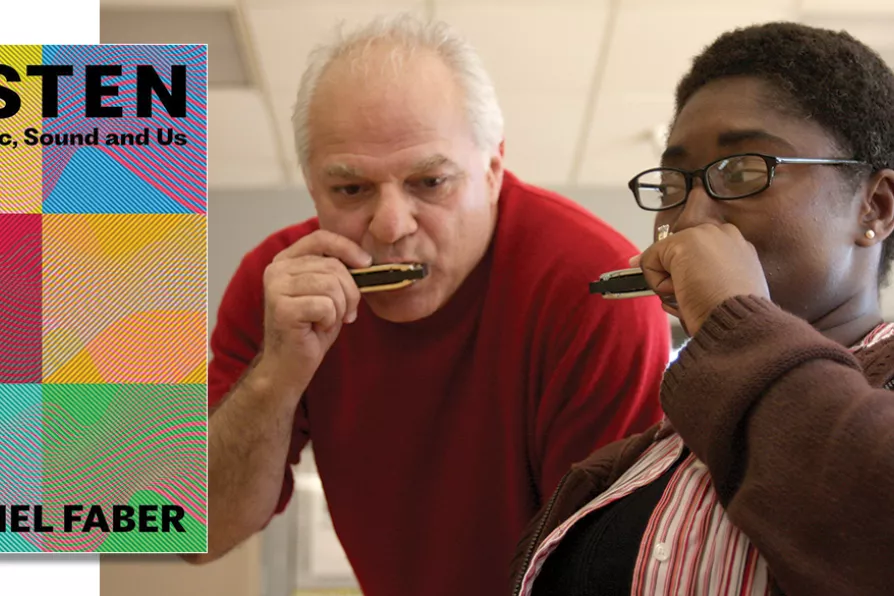SUSAN DARLINGTON relishes an inclusive production of a Dickens classic that makes no bones about the lived reality of the Victorian working class

 PICKING UP THE PIECES: A music instructor with recovering soldier in a session of neurologic music therapy at a US Naval Medical Center in San Diego
[USMC/Public domain]
PICKING UP THE PIECES: A music instructor with recovering soldier in a session of neurologic music therapy at a US Naval Medical Center in San Diego
[USMC/Public domain]
Listen (On Music, Sound and Us)
Michel Faber, Canongate, £20
MICHEL FABER has near-perfect recall of the lyrics and contributing musicians of Leo Sayer’s Just a Boy, an album he hasn’t listened to for 45 years. On the other hand, he forgets the names of outstanding artists he has heard more recently.
Listen is not a book of music criticism, nor does its author want to influence your taste. His focus is the psychology, sociology and phenomenology of our engagement with sound as a mode of expression.

ANDY HEDGECOCK relishes an exuberant blend of emotion and analysis that captures the politics and contrarian nature of the French composer

RON JACOBS welcomes a survey of US punk in the era of Reagan, and sees the necessity for some of the same today

JON BALDWIN recommends a provocative assertion of how working-class culture can rethink knowledge











